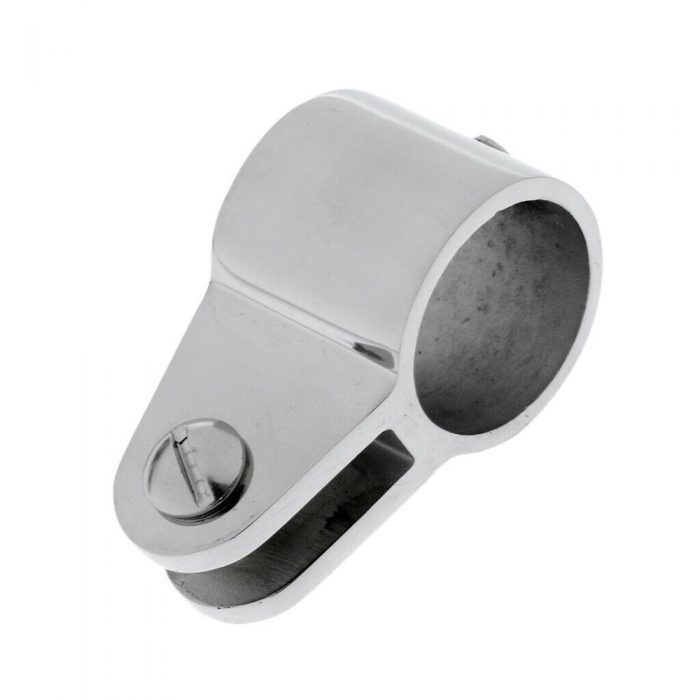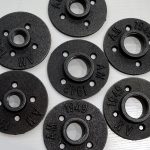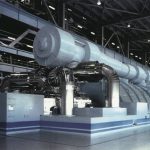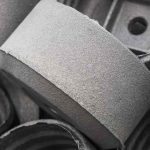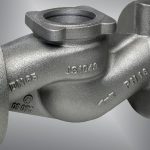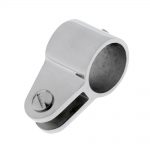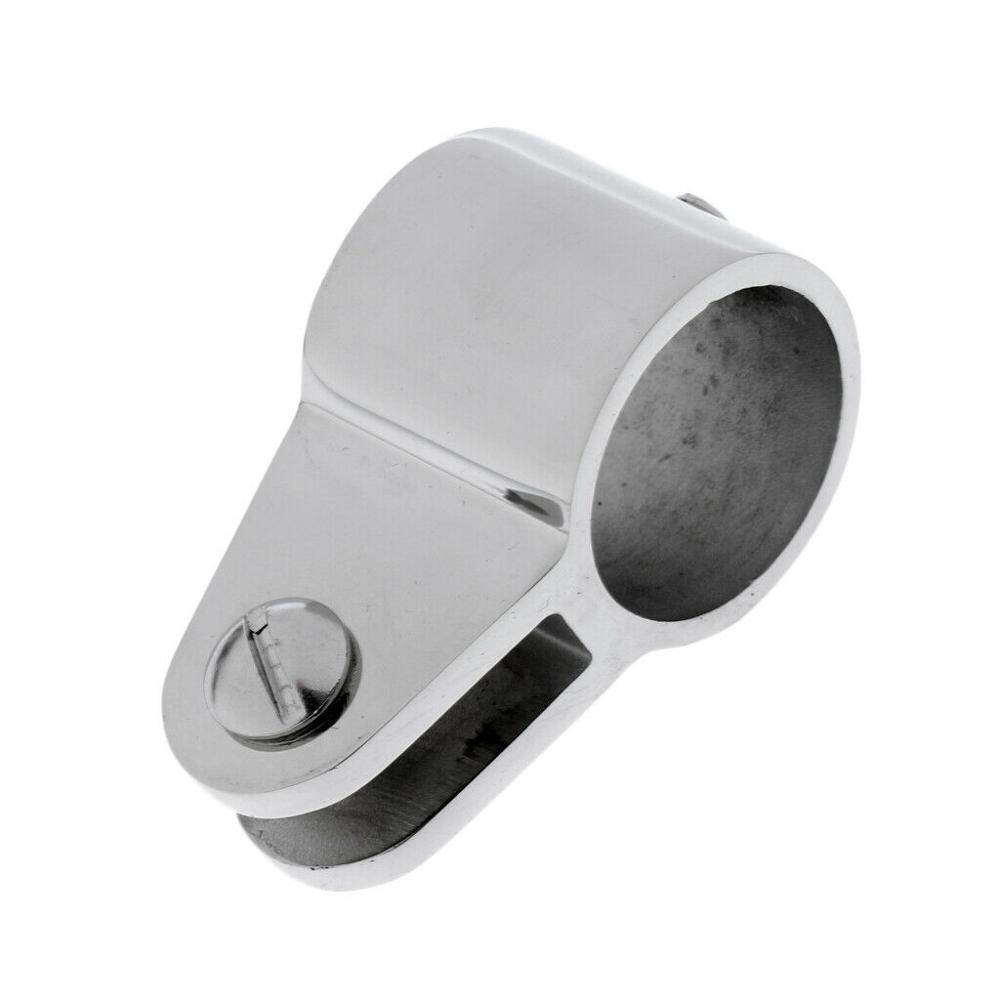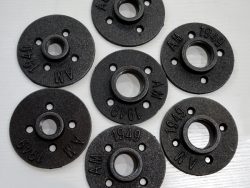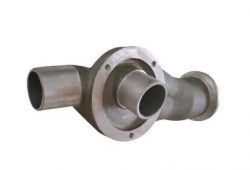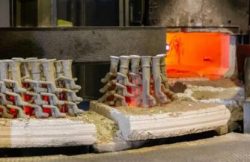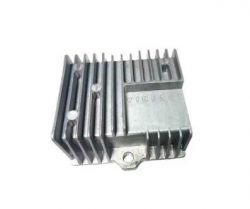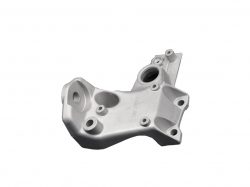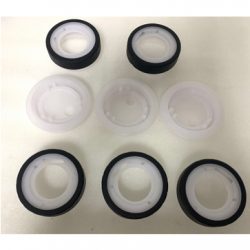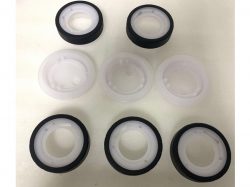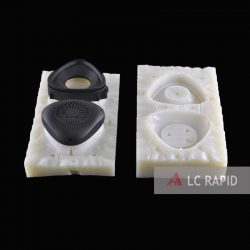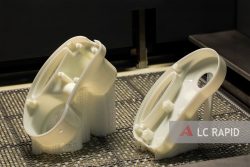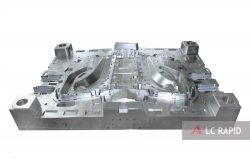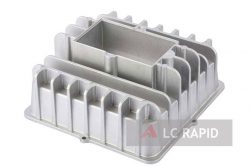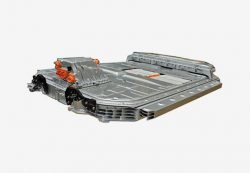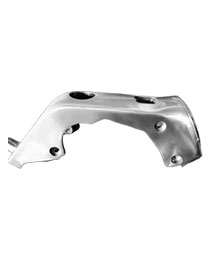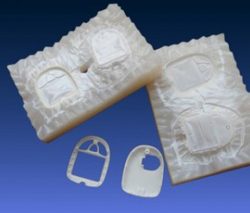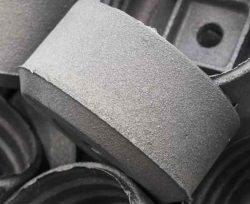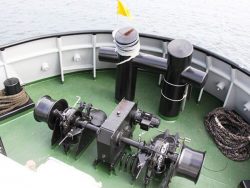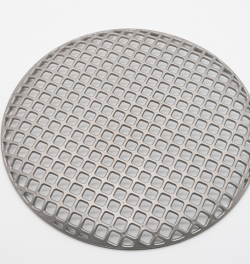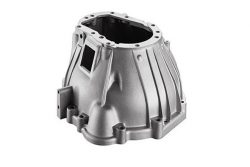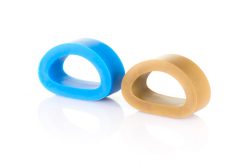Steel Casting
Steel casting refers to the technology using the steel (correspondents to the iron) and applying the casting process to produce the required product. With more strength and durability, the steel casting product is able to replace the iron casting parts in some specific applications in which the normal iron casting is considered to be not strong enough. However, the liquidity of molten steel is inferior to iron, so the wall thickness of the steel casting is more limited, too complex a structure is not suitable to steel casting either. In recent years, some studies discovered that higher silicon content close to its up limit may result in better liquidity during the casting process. Moreover, the general defects such as pore, slag, shrinkage cavity might be better overcome. Steel casting is going to have more widespread applications in various industrial fields.
Advantages of Cast Steel
Greater design flexibility: the design of stainless steel casting China has the greatest freedom of choice with regard to casting shape and size.
Maximum flexibility and variability in metallurgical manufacturing: steel casting companies can choose different chemical compositions and organizations to meet the needs of different projects.
Increase the overall structural strength: high project reliability, combined with weight-saving design and short delivery times, which can improve the competitive advantage in terms of investment casting price and economy.
Wide range of weight variations: small steel castings can potentially be as little as 10 grams, while large steel castings can be several tons, tens, or even hundreds of tons.
Advantages of Continuous Casting of Steel
The rapid development of continuous casting of steel technology is a very striking trend in the development of the contemporary steel industry. Continuous casting of steel is developing rapidly, mainly because it has greater technical and economic superiority compared with the traditional ingot mold casting, mainly in the following aspects.
Simplify the production process.
Improve metal yield.
Save energy consumption.
Improve working conditions, easy to achieve automation.
The billet is of good quality.
Related Article
Do You Know the Vacuum Die Casting Process?
What is the Difference Between Precision Investment Casting and Ordinary Casting?
Lost Wax Investment Casting is Used in Medical and Pharmaceutical Industries
Different Types and Properties of Moulding Sand
